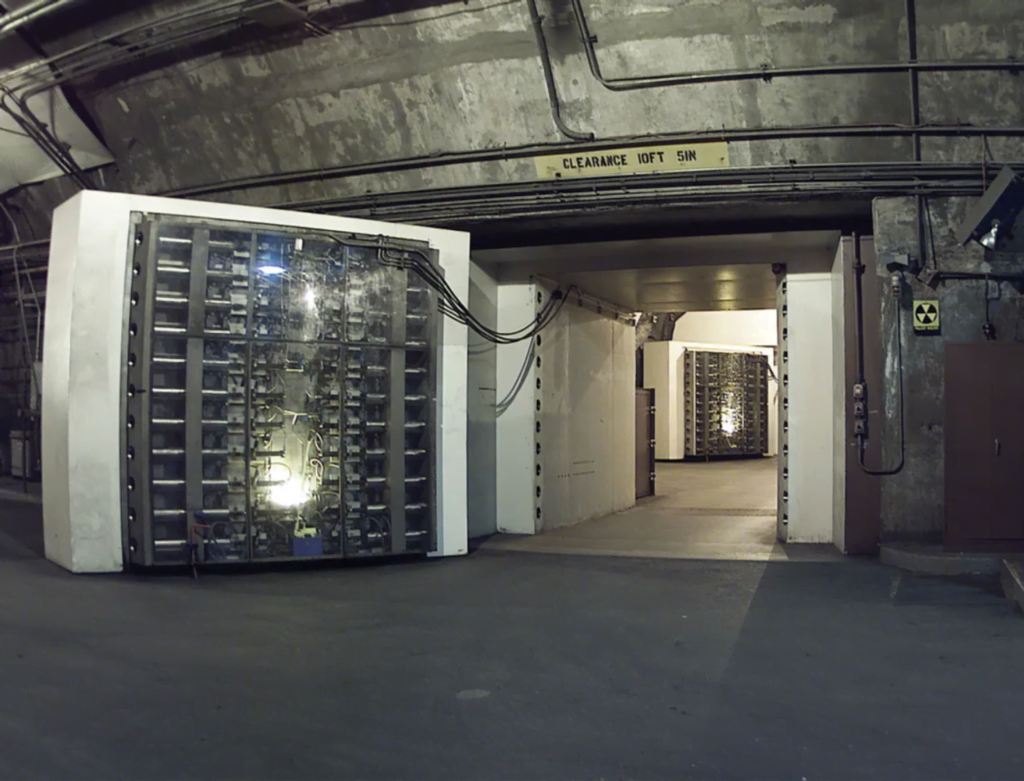Tucked away beneath the rugged terrain of Cheyenne Mountain in Colorado, lies a fortress designed for the end times. Constructed during the zenith of the Cold War, the Cheyenne Mountain Complex stands as a testament to American engineering and military foresight, equipped to resist nuclear, electromagnetic, and biological catastrophes.
Exploring the Cheyenne Mountain Complex This titan of a bunker, nestled under 760 meters (2,500 feet) of solid granite, represents one of the United States’ most fortified military bastions. Carved directly into the heart of the mountain, its entrance is modest in comparison to the vastness of Cheyenne, leading to a tunnel ingeniously shaped to deflect any hazardous substances back towards the exterior.
The Resilience of the Cheyenne Mountain Complex Protected by 23-ton blast doors impervious to direct assault, the complex is designed to remain intact even under the assault of a 30-megaton nuclear detonation. This resilience ensures its survivability against historical Cold War munitions like the B41 or Mk-41 nuclear bomb produced by the US. However, the prospect of facing the 50-megaton Tsar Bomba, the pinnacle of nuclear weaponry, remains a chilling thought beyond contemplation.

The Cheyenne Mountain Complex, a pinnacle of military security, is designed to seal off completely during significant emergencies. On September 11, the facility’s massive doors were closed, a procedure that would be repeated in response to severe threats like a confirmed missile launch or during comprehensive “button-up scenario” drills. It’s equipped to handle a myriad of dangers, including electromagnetic disturbances from weapons or solar events, as well as chemical, biological, or nuclear threats. A sophisticated pressurized air system ensures that no harmful residues infiltrate the complex, safeguarding the approximately 300 individuals within its walls.
Constructing an Undermountain Fortress To carve out the Cheyenne Mountain Complex, an awe-inspiring 693,000 tons of granite were excavated, creating space for 15 spring-mounted buildings spread across 5.1 acres (2.1 hectares), nestled at an elevation of 2,915 meters (9,565 feet). Since its inauguration on April 20, 1966, the facility has been a beacon of readiness for any apocalyptic scenario.
This bastion supports a wide range of both military and civilian functions, encompassing air and space surveillance, ballistic missile defense, emergency operations, and intelligence gathering. In the face of global calamities, the Cheyenne Mountain Complex is tasked with maintaining operational capabilities to oversee and direct crucial military responses.







